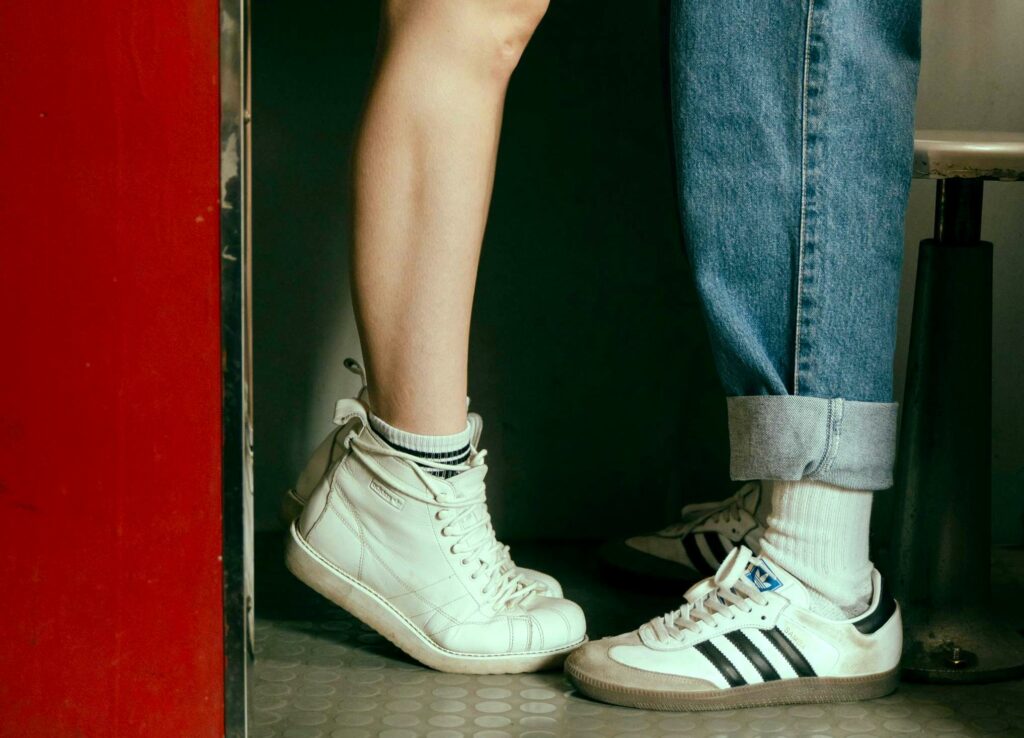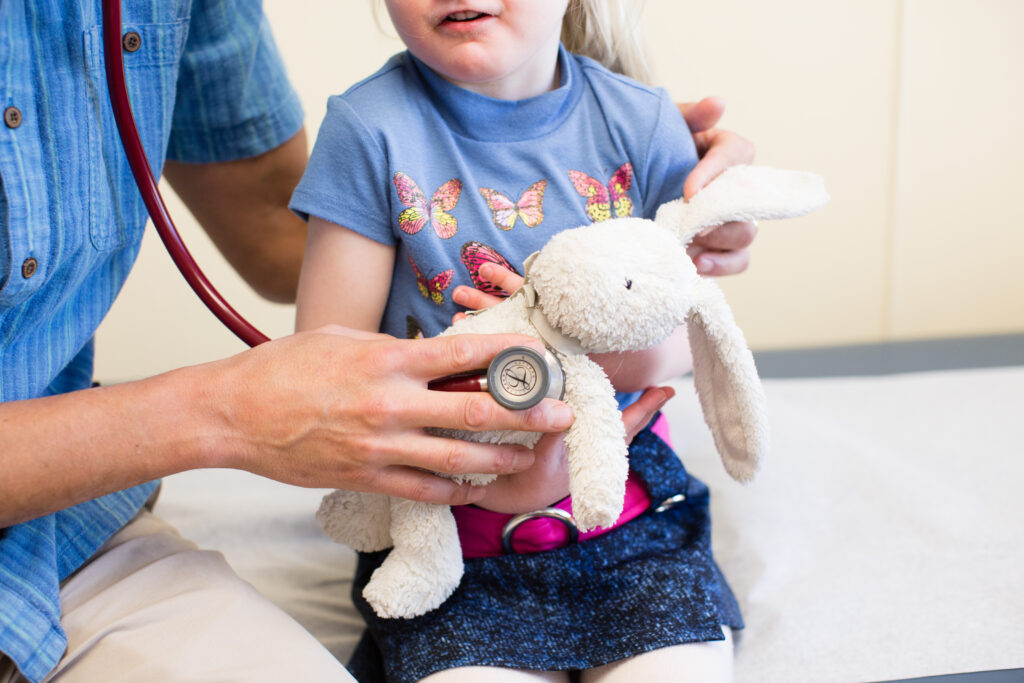Drowning is one of the leading causes of death in children, so it’s very important to practice water safety.
Whether you’re at home or near bodies of water outdoors, your family can still have plenty of water fun, if you follow these water tips. We also highly recommend taking a CPR training course to be ready in case of an emergency.
Water Fun at Home
Even if you don’t have a pool at home, there are still many opportunities for drowning. If you have a toddler or young child at home, you need to be extra vigilant about open containers of water. Curious kids can drown in even small amounts of water, such as a bucket or toilet. Here are some things to watch for:
- Open Containers of Water: If you have young children, it’s important to dump out or fence off containers of water. Fish ponds, bird baths, and fountains can be very tempting to little kids and should be fenced off. Kiddie pools should be dumped out after each use if not behind a fence. Be mindful of other containers that could pose a drowning risk such as buckets, trash cans that have collected water, or coolers of melted ice.
- Swimming Pools: Whether its an in-ground pool or an aboveground pool, it should be fully enclosed by a fence. The fence should be 4 feet high with slats no more than 4 inches apart. It should have a self-closing, self-latching gate with a latch that is at least 54 inches from the ground. Consider adding alarms for your outside door or gate, as well as surface wave or underwater alarms.
- Hot tubs: Hot tubs, whirlpools, or spas should be covered and locked when not in use.
- Drains: Make sure that any drains for hot tubs or pools have child safety features. Pool and hot tub drains can have incredibly strong and deadly suctions that can entrap children, sucking their hair, limbs or bodies into the drain. Teach your children to stay away from drains.
- Bathrooms: There are many hazards in your home’s bathroom, where a child can fall into a toilet bowl or a filled bath tub. Install safety latches on your toilet and keep your child out of the bathroom with doorknob covers or a door safety latch. Never leave a small child unattended in the bathroom even for a moment, especially during bath time.
Swimming Safety
Whether at home or at a public pool, you need to be vigilant about water safety when your children are swimming.
- Adult supervision: Never leave children unattended in or near a pool. Always have an adult designated as the “water watcher” to pay constant attention to the children, even if there are lifeguards. This is especially important during parties or gatherings where there are many distractions. Takes turns with other adults to provide for breaks.
- Touch supervision: Stay within an arm’s length of young children under age 5 or any child who isn’t a strong swimmer yet.
- Swim lessons: We recommend swim lessons for both children and their parents. Studies have shown that water survival training and swim lessons can reduce drowning risk for children, even as young as one years old.
- Avoid “floaties”: Avoid arm floaties, baby floats, and other inflatable swimming aids that are not U.S. Coast Guard approved. They can give a false sense of security and put your child or baby at risk of drowning if ever out of an arm’s reach of an adult.
Boat Water Safety
Prevention is the best remedy for drownings on boats. Make it a family rule that everyone wears a life jacket—adults and children. Check your child’s lifejacket and make sure that it is U.S. Coast Guard approved, the right size and fitted properly. Children should wear their lifejacket on the boat, on the dock, and near bodies of water.
Being Safe at Natural Bodies of Water
When swimming in natural bodies of water, keep a close eye on your children, no matter their swimming ability. Natural bodies of water pose additional risks because they can have hidden dangers below their surface, such as undercurrents or hidden branches or rocks.
Never swim during or after a rainfall, which can make water currents more dangerous and water levels higher to obscure hidden dangers below the surface.
Always use the buddy system and never go alone or let your kids swim out far alone. Young children should wear lifejackets, whether in the water or on the beach. Keep young children and young swimmers within arms reach of you.
Do not let kids jump or dive into water unless an adult has checked the water for proper depth and any hidden hazards.
Be aware of water temperature if swimming in early spring or fall or in mountain lakes. Cold temps can create a cold shock that can quickly cause drowning.
- Lakes and ponds: Designated swimming beaches with lifeguards are the best option for swimming in lakes and ponds. Watch for sudden drops in depth as well as hidden rocks, limbs, or trash.
- Oceans: Only swim on beaches that have lifeguards and stay within those designated swim areas. Watch for signs of rip currents and teach your children what to do in case of a rip current: don’t swim against it and float with its current, then swim parallel to the beach until clear of the current.
- Rivers, Canals, and Fast-Moving Water: Moving bodies of water can be especially dangerous and its best not to allow your children to swim in them. They can have undercurrents that can pull kids under water or children can be swept into debris under the water’s surface that can drag them under the water. Be cautious standing on river banks that can collapse into fast-moving water.
Contact Pediatrics West
If you have questions about water safety or swim lesson readiness, contact your provider at Pediatrics West at (720) 284-3700.


